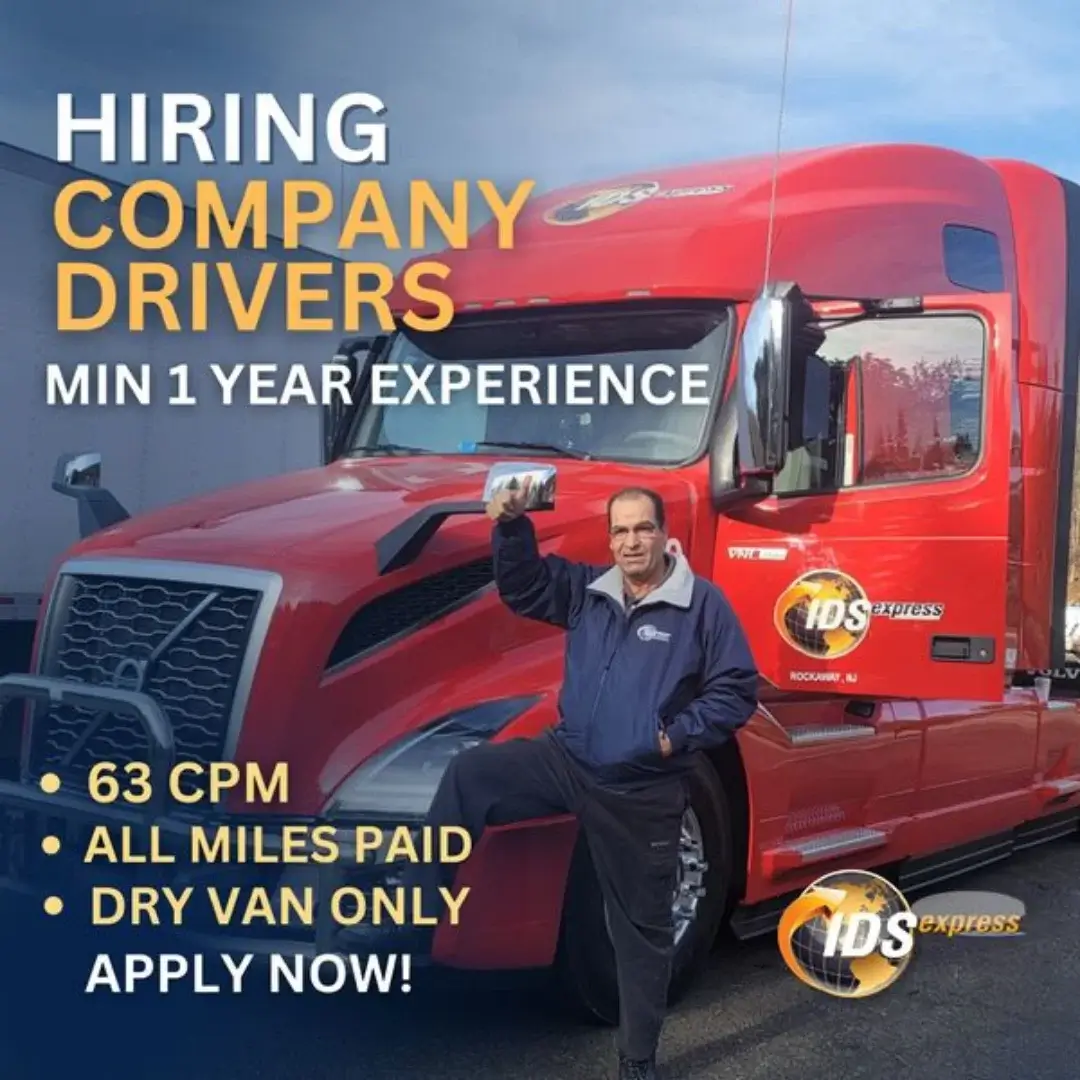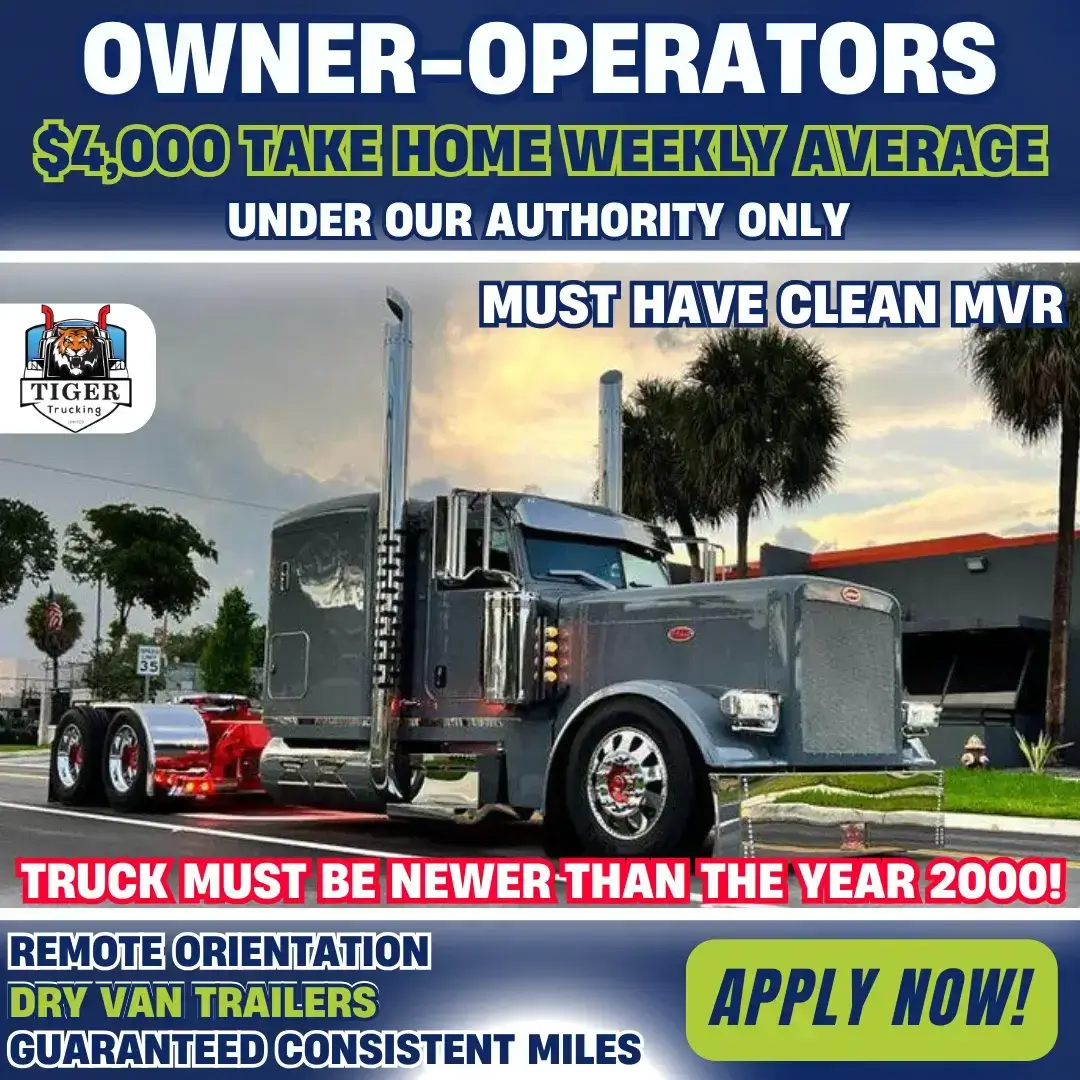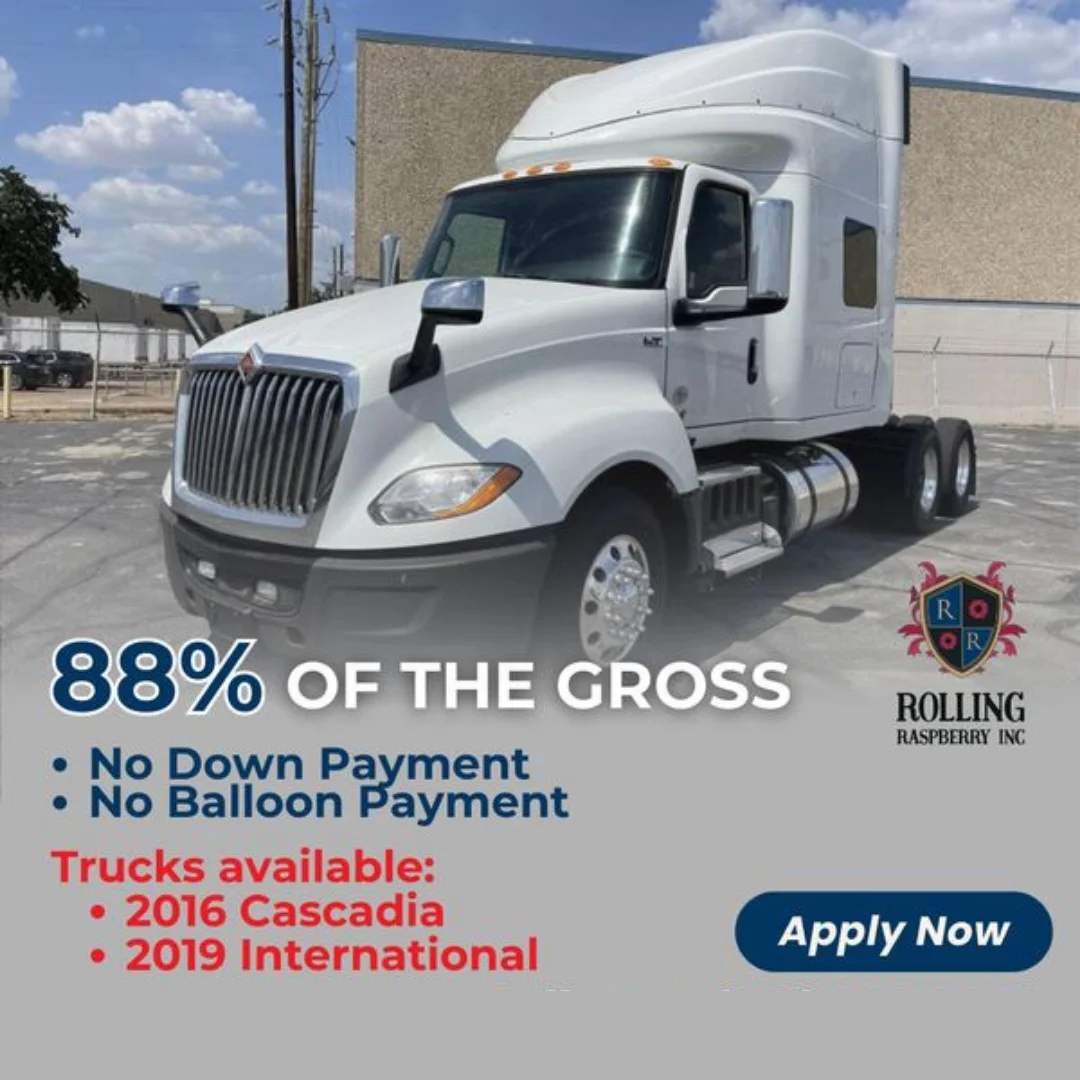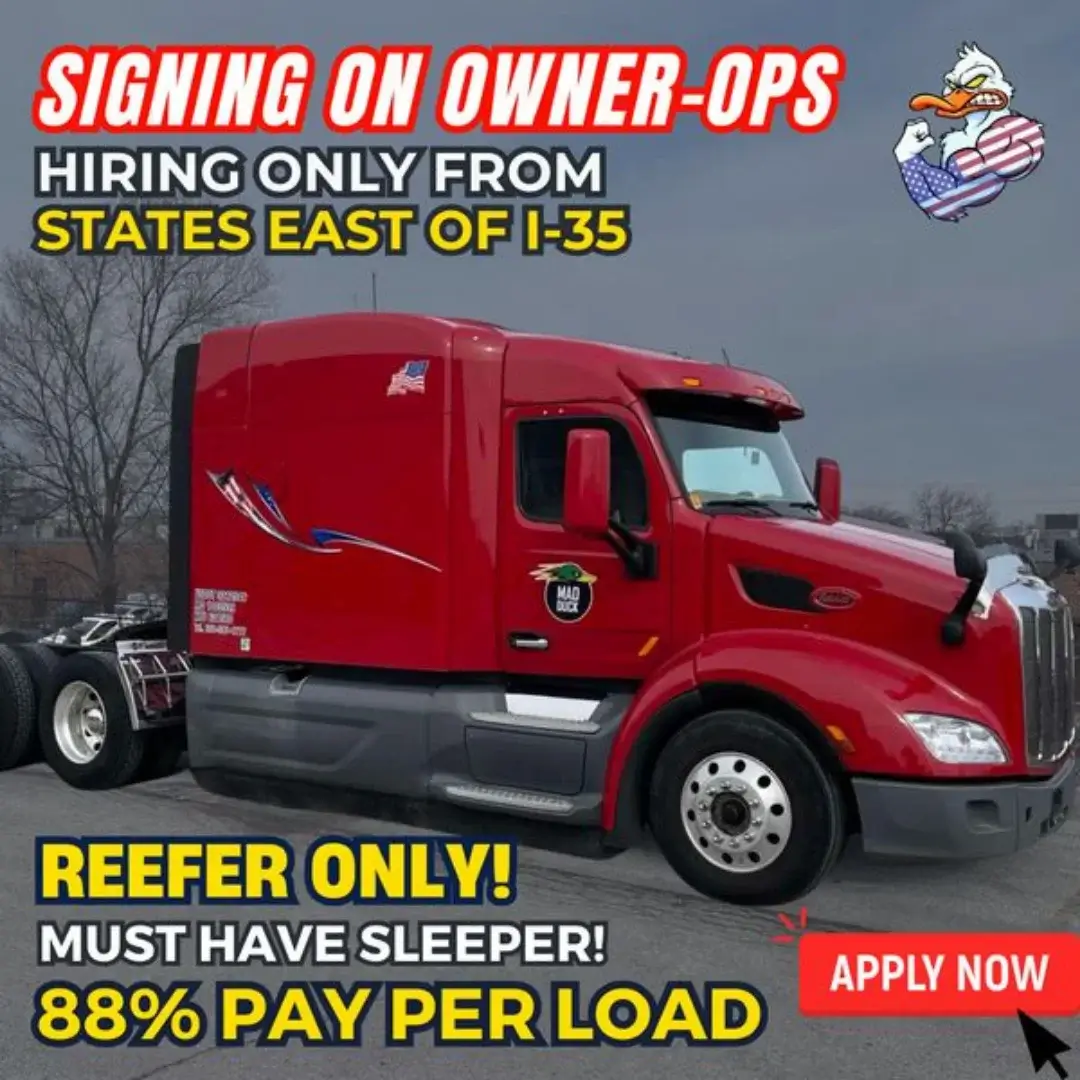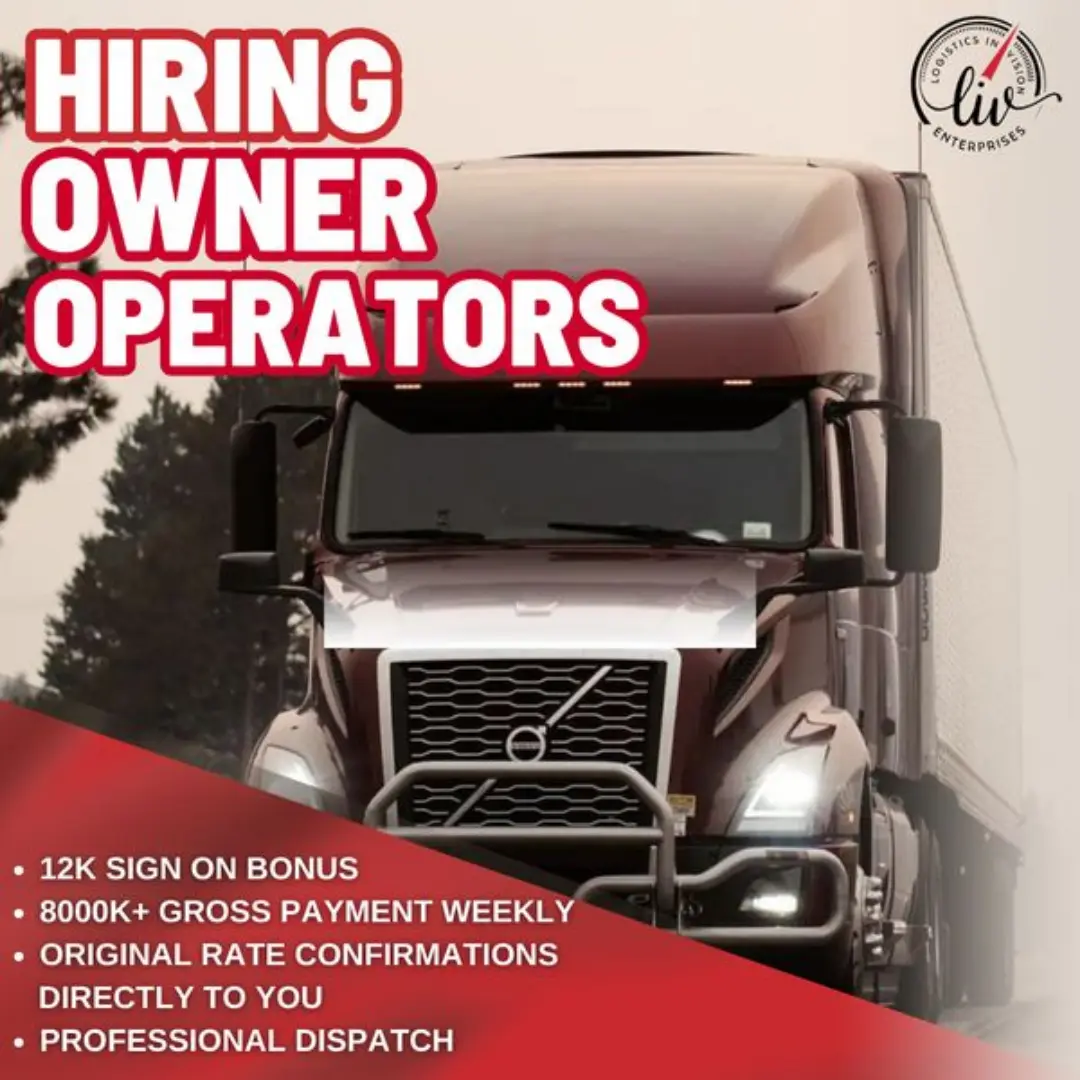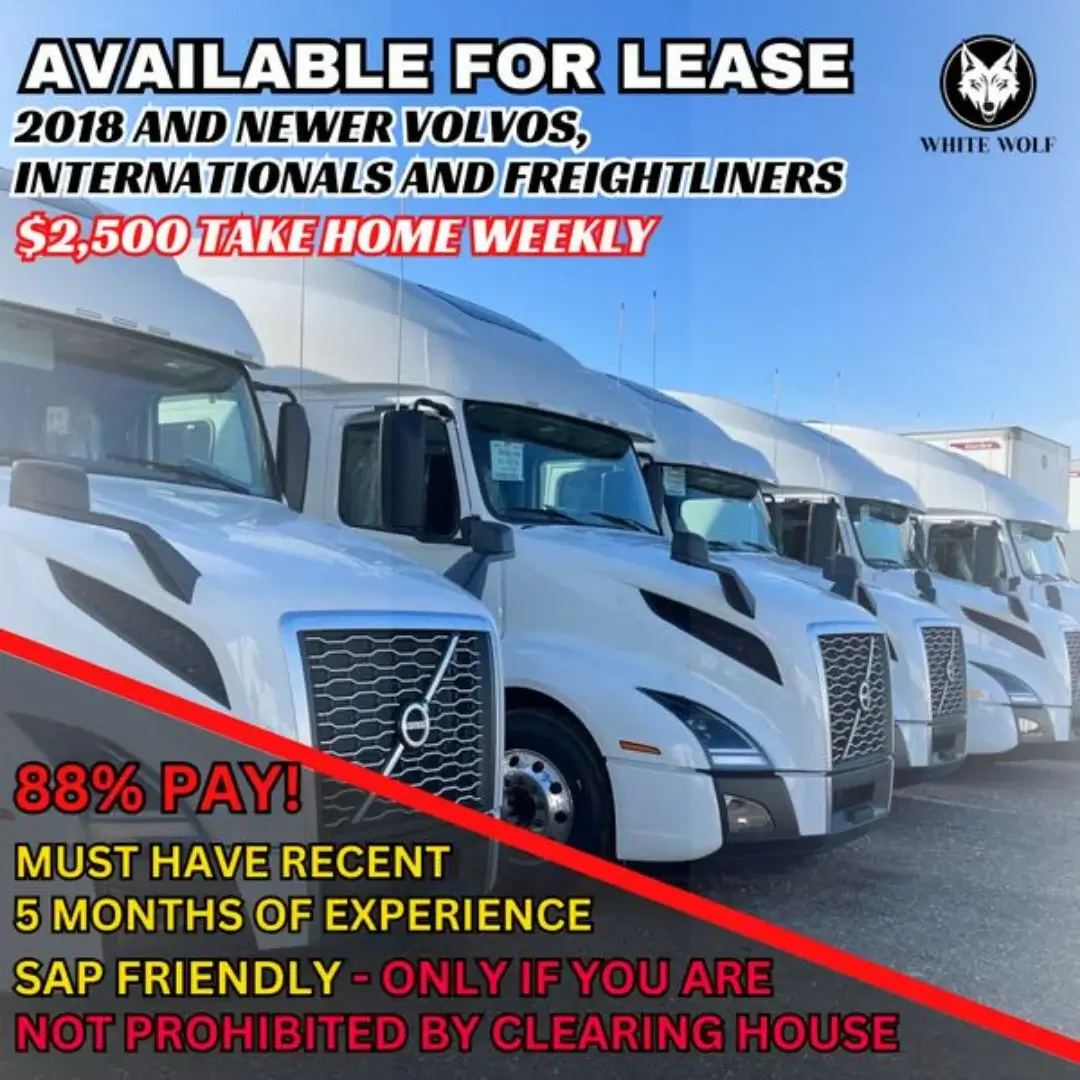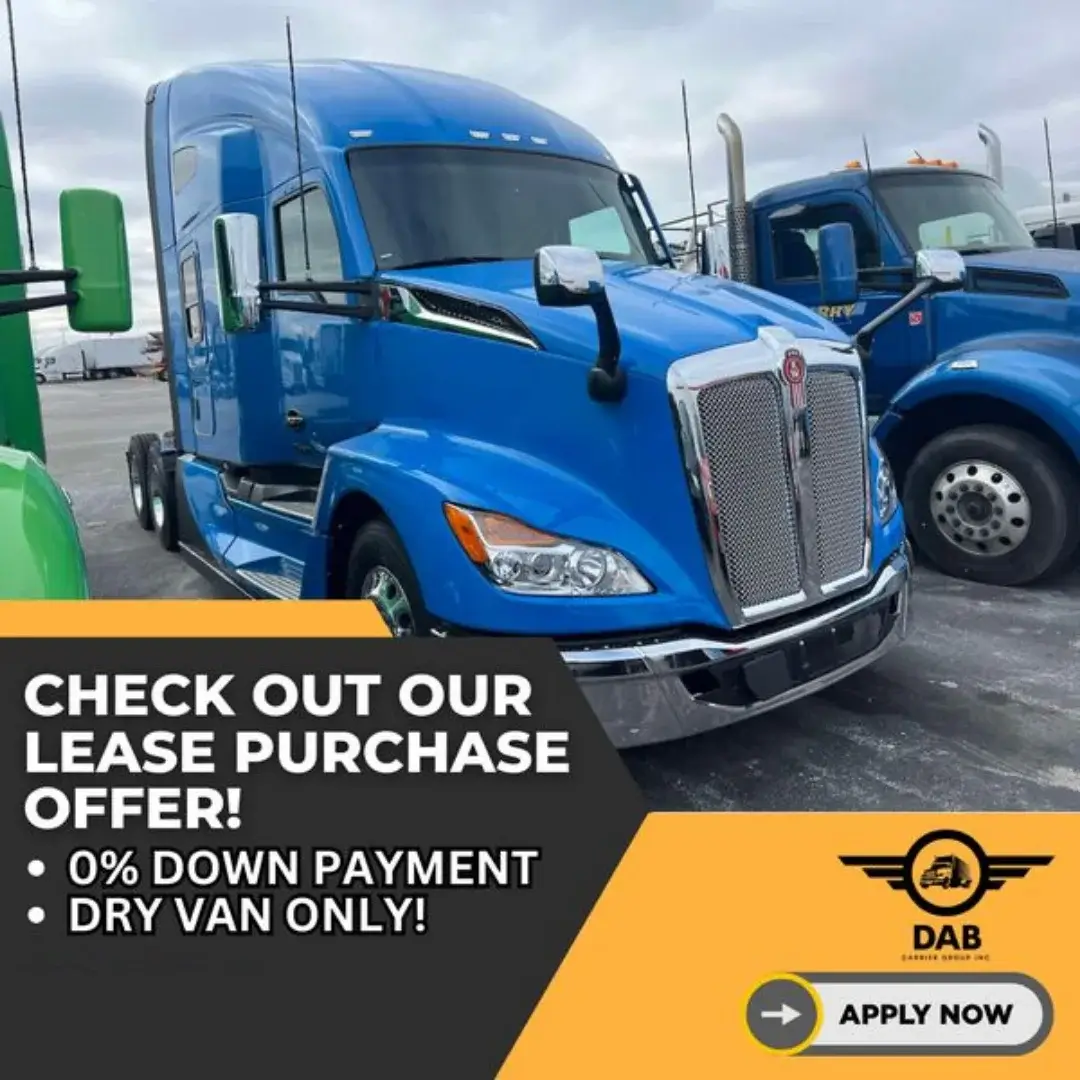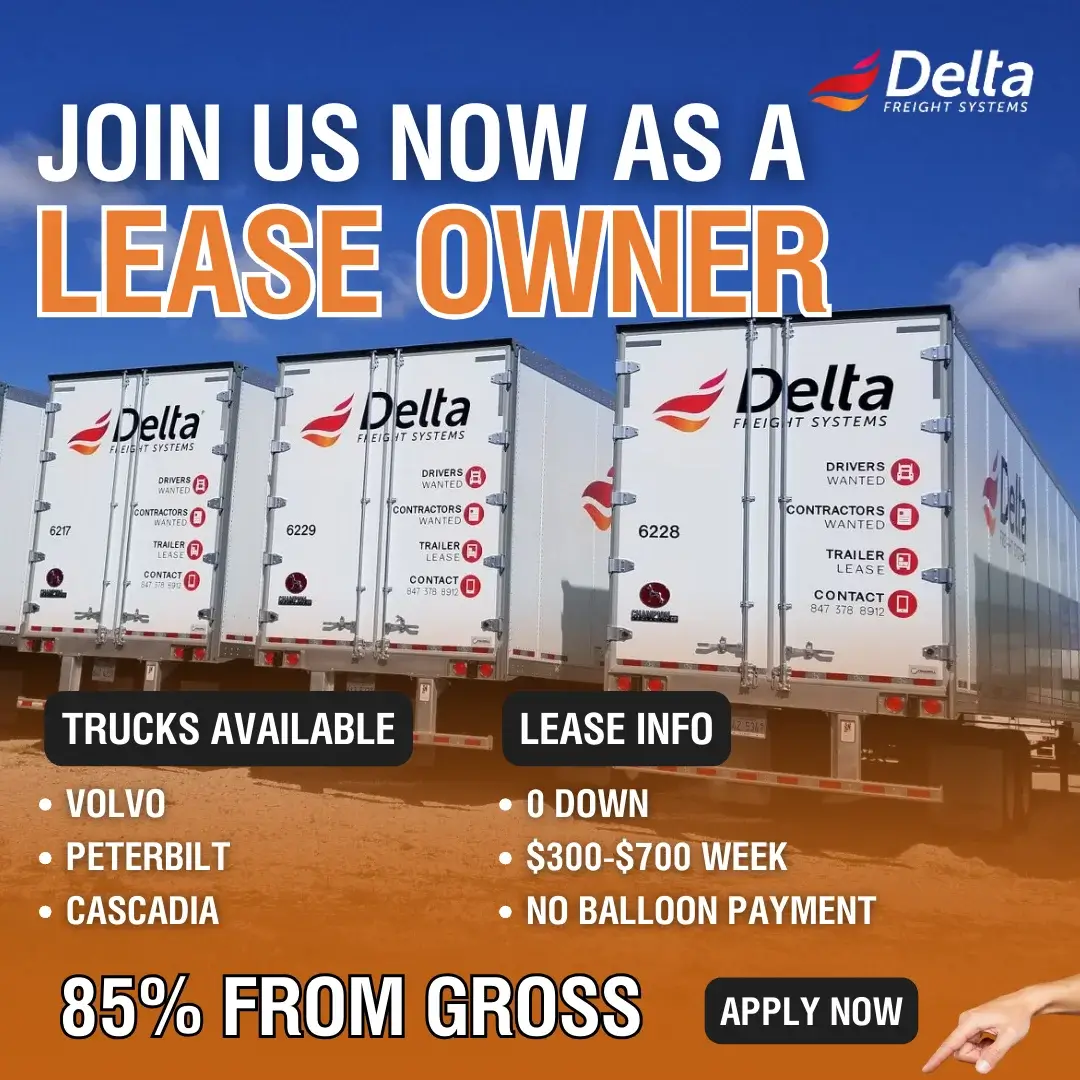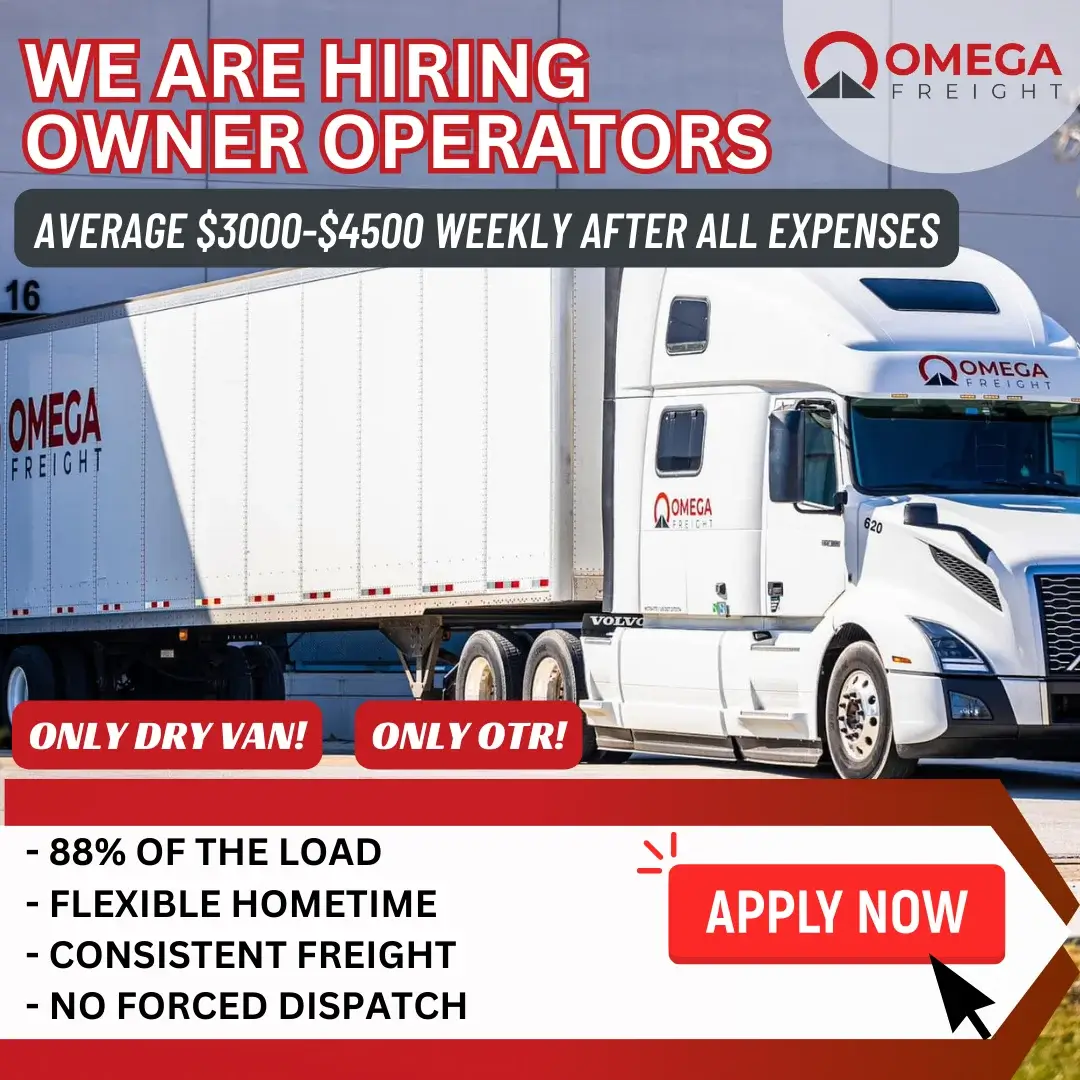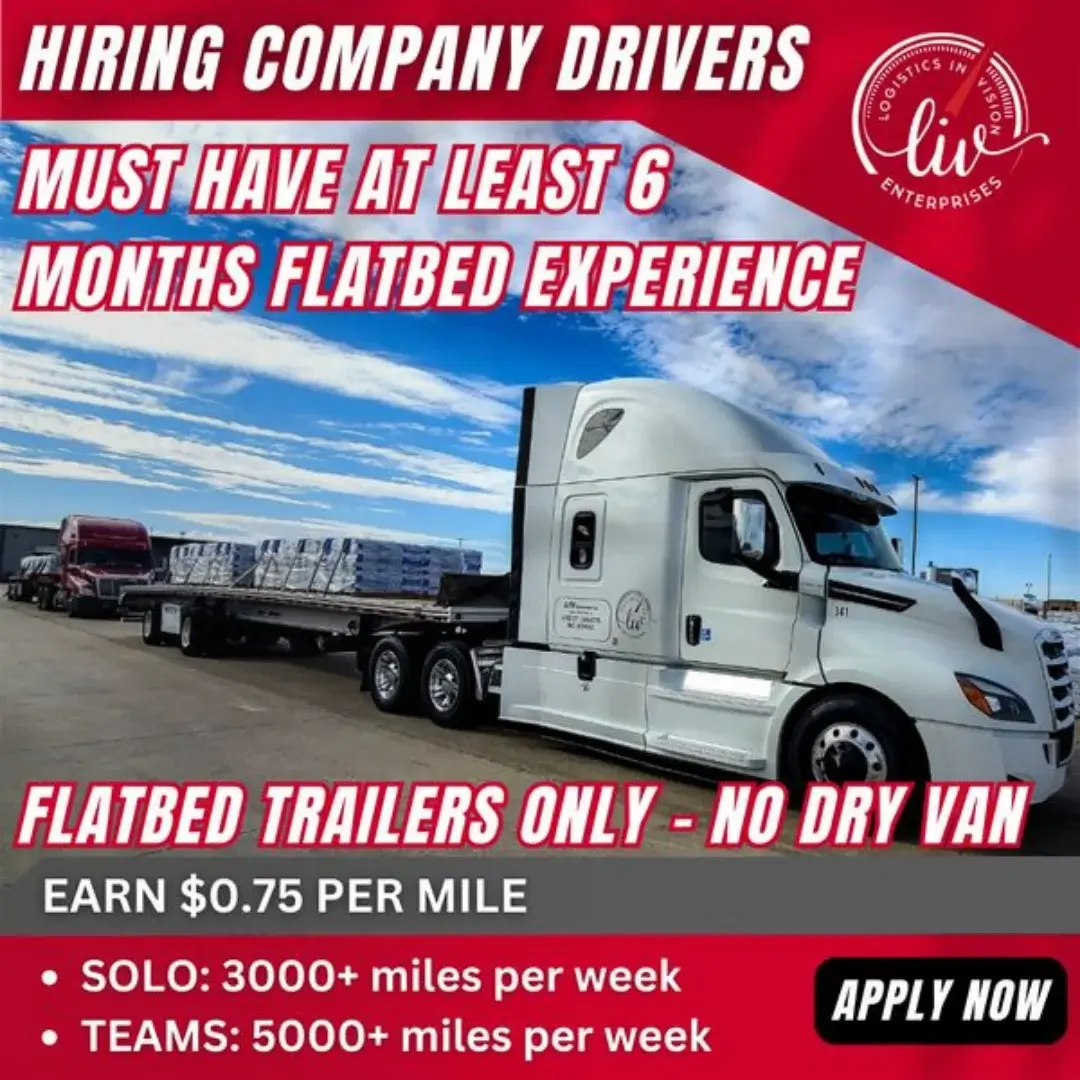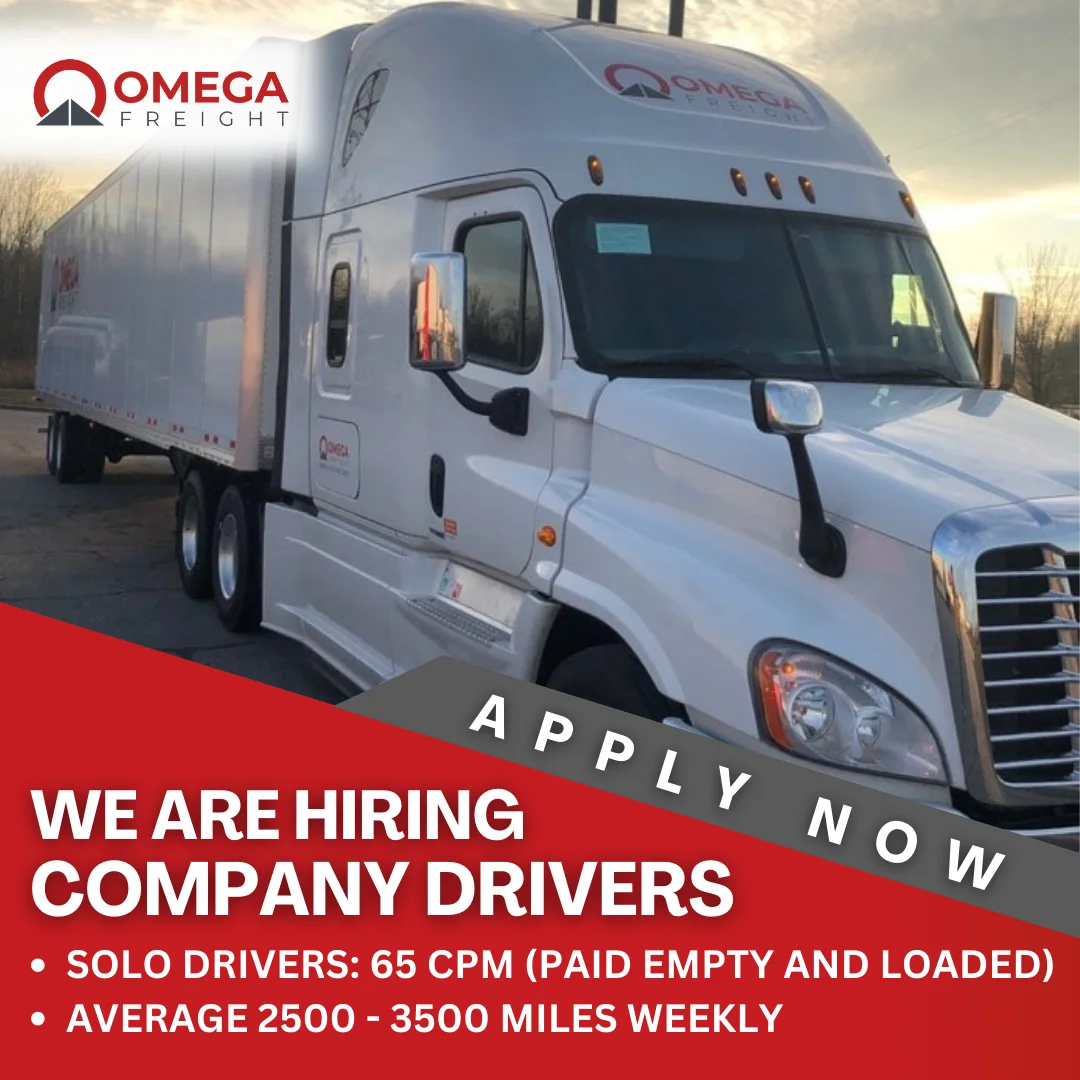Blog / Drivers
Your Guide to Mastering the Commercial Driver's License
Written by Tammy
March 15, 2024

What is CDL - Commercial Driver's License
A Commercial Driver's License (CDL ) serves as the essential passport for anyone aspiring to drive commercial vehicles, including trucks, buses, and trailers, on public roadways. This specialized license is proof that an individual has mastered the necessary driving skills, possesses the required knowledge, and meets health standards to operate large or passenger-carrying vehicles safely. With various classes of CDLs available, each specifies the kind of vehicle the holder is permitted to drive, highlighting the tailored nature of this certification.
The First Step: The Commercial Learner's Permit
The journey to a CDL starts with acquiring a Commercial Learner's Permit (CLP ). This initial step is designed for aspiring commercial drivers to gain hands-on experience on the road, under the watchful eye of a seasoned CDL holder. The CLP serves as a temporary license, offering a chance to master the complexities of commercial vehicles and refine driving skills in preparation for the full CDL skills examination.
The Different Classes of CDL

Class A CDL: Opening Doors to Heavy-Duty OpportunitiesThe Class A CDL is the key to operating combination vehicles with a Gross Combination Weight Rating (GCWR) of over 26,001 pounds, where the towed vehicle itself is heavier than 10,000 pounds. Essential for those looking to drive tractor-trailers or similar heavy vehicles, this license category is a gateway to a career in long-distance haulage, enabling the transportation of substantial loads across the country.
Class B CDL: Empowering Mid-Size Vehicle DriversPossessing a Class B CDL allows one to drive single vehicles with a Gross Vehicle Weight Rating (GVWR) exceeding 26,001 pounds or to tow trailers weighing up to 10,000 pounds. This classification is suitable for operators of delivery trucks, various buses, and medium-sized commercial vehicles, providing a versatile set of opportunities in the transportation field.
Class C CDL: Specializing in Passenger and Hazardous Material TransportThe Class C CDL is tailored for drivers managing vehicles intended to carry 16 or more passengers (including the driver) or those designated for hazardous material transport requiring placards. This license focuses on a specific aspect of commercial driving, catering to those who operate smaller buses, vans, or trucks involved in passenger transport or hazardous material delivery.
How to Achieve Your CDL
The journey to obtaining a CDL involves a few consistent steps, albeit with variations depending on your state's guidelines. Starting with understanding age restrictions and moving through the process of securing a CLP, aspiring drivers will navigate written exams, provide necessary medical documentation, and ultimately, demonstrate their driving proficiency through a skills test. Moreover, acquiring specific endorsements based on the intended vehicle type or cargo can further tailor your CDL to your career goals.
CDL Endorsements: Expanding Your Driving Capabilities
Endorsements on a CDL allow for the operation of specialized vehicles or the transportation of unique cargoes, such as passengers or hazardous materials. These additional qualifications, indicated by specific letters like:
P ( Passenger ) -> (Knowledge and Skills Tests). This endorsement allows you to operate vehicles designed to transport passengers, such as buses or vans carrying more than 16 occupants (including the driver).
S ( School Bus ) -> (Knowledge and Skills Tests). With a School Bus endorsement, you are qualified to operate school buses, ensuring the safe transportation of students to and from school and other educational activities.
H (Hazardous Materials) -> (Knowledge test only). The Hazardous Materials endorsement enables you to transport hazardous materials as defined by the Department of Transportation (DOT). It requires additional background checks and knowledge tests related to the safe handling, storage, and transportation of hazardous materials.
Understanding CDL Restrictions

It's crucial to be aware of anylimitations tied to your CDL , as these restrictions can impact the types of vehicles you're eligible to drive. Restrictions might include:
Air Brake Restriction ( L )
Manual transmission restriction ( Z )
Intrastate-only restriction ( K )
Vision or hearing impairment restriction ( V )
The financial aspect of obtaining a CDL varies, influenced by state-specific fees, training expenses, and the costs associated with additional endorsements. While the overall investment can range significantly, understanding these potential expenses is vital for effective planning and preparation as you pursue a career in commercial driving.
Stepping into a Commercial Driving Career
Earning a CDL marks the beginning of a promising career in the transportation sector. With the right license, endorsements, and knowledge of any restrictions, you're prepared to navigate the highways of opportunity as a professional commercial driver. This journey, while demanding, offers rich rewards for those committed to excelling in the commercial driving field.
Blog / Drivers

